The Northern Lights were visible across Ireland last night, with many people using social media to share photos of the atmospheric phenomenon.
Pink and green illuminations were recorded lighting up the night sky above many regions of the country, as ideal geomagnetic and weather conditions brought the lights into view.
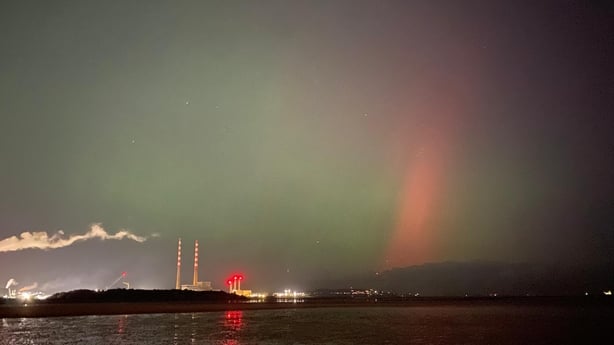
The Education Officer at MTU's Blackrock Castle Observatory in Cork said scientists knew the aurora would be visible and that the amount of auroras being seen this year was exceptional.
Speaking on RTÉ's Morning Ireland, Frances McCarthy said: "It's incredibly rare to have them this far south, but an active sun and the magnetic fields [are] working in our favour, we get this wonderful treat".
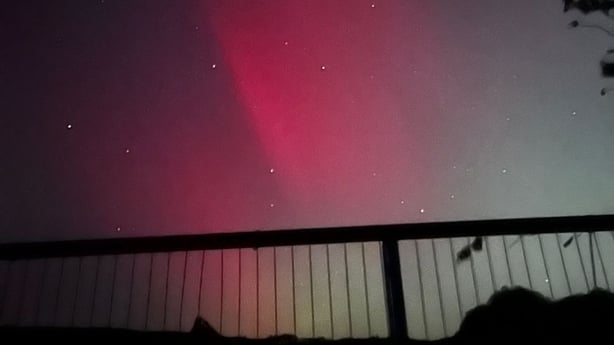
(Watch above: The Northern Lights visible in Skerries, Co Dublin)
She said that auroral displays were linked to activity on the sun, so when the sun is more active, eruptions from the corona were more likely.
"We have got a nice active sun with lots of stuff happening on the surface".
Ms McCarthy said it was unlikely the Northern Lights would be seen tonight, although it is still active now.
"You need to be on the dark side of the world to be able to see it," she explained.
The UK Met Office reported that a "coronal mass ejection from the sun" was earth bound making sightings of the Aurora Borealis likely across northern areas of the UK.
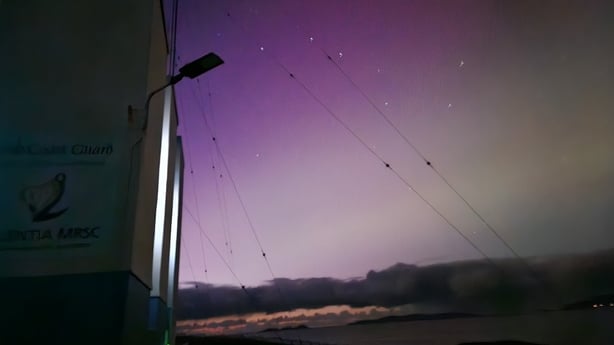
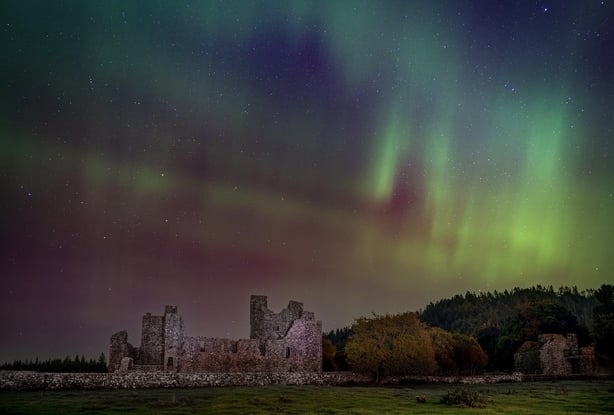
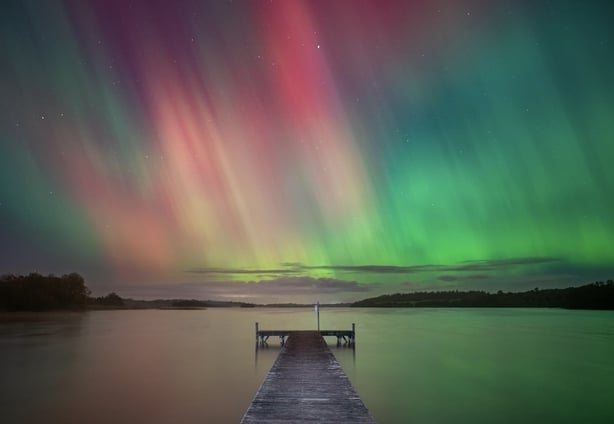
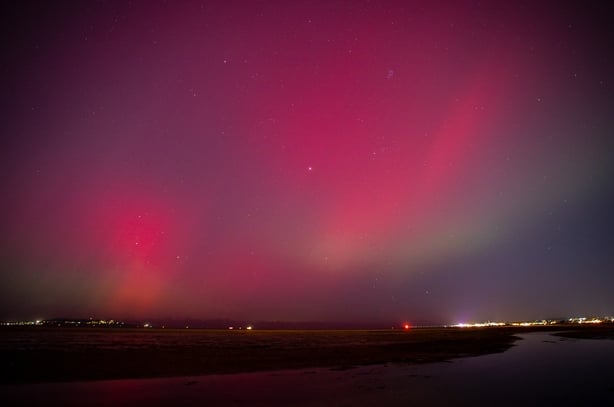
Look north in the coming nights and you may spot the #NorthernLights 👀
— Met Office (@metoffice) October 10, 2024
A coronal mass ejection from the sun is earth bound and whilst there's some uncertainty on its arrival time, sightings of the #aurora are likely in northern areas with a slight chance in the south too pic.twitter.com/DPlXcPd1pM
Astronomy Ireland also took to social media to encourage followers to look to the skies.
Aurora displays occur when charged particles collide with gases in the Earth's atmosphere around the magnetic poles.
Na Gealáin Thuaidh a fheictear anocht ó Oileáin Árann.
— Garda Info (@gardainfo) October 10, 2024
💫 pic.twitter.com/CYrnrYFEjK

